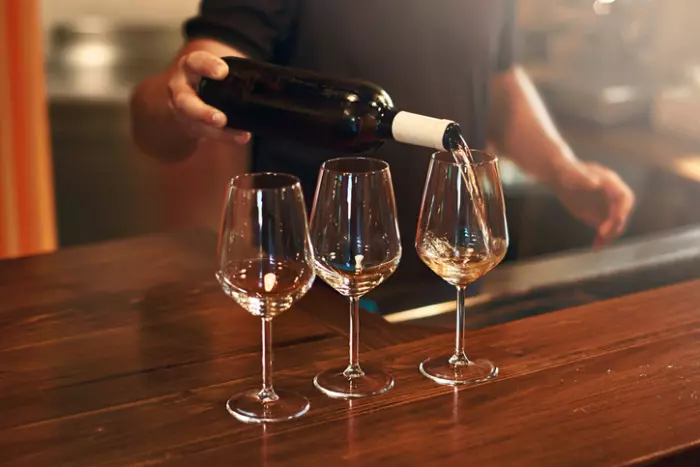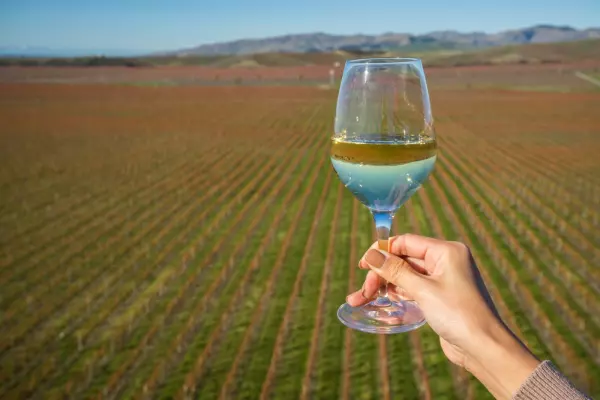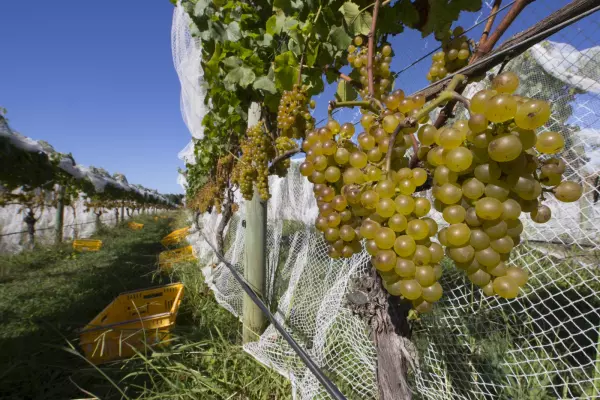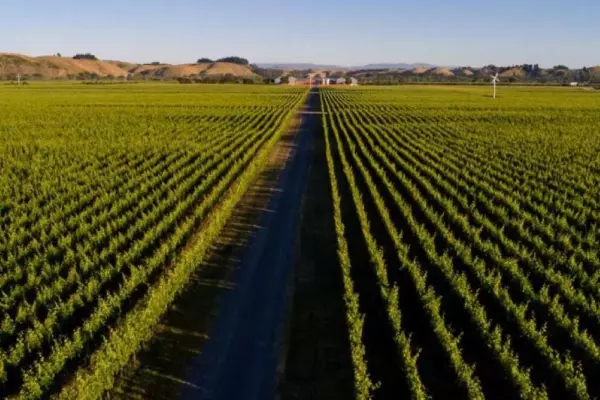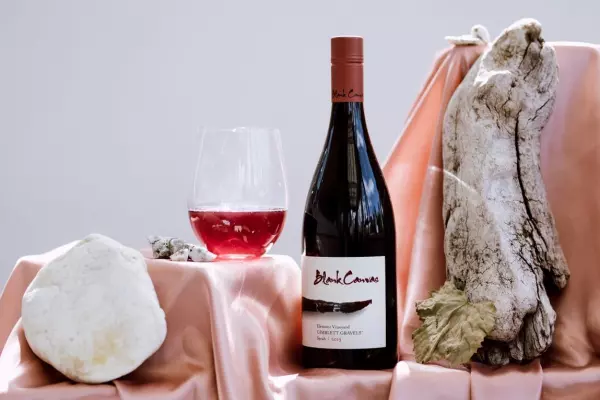I have the unjustified reputation of being anti-pinot gris. It stems from my outspoken criticism of the often excessively sweet, bland and sometimes downright bitter wines that dominated a decade or more ago.
When pinot gris is over-cropped, as it often was in this country 10 or 20 years ago, it produces neutral, colourless and flavourless white wine. Pinot gris is genetically identical to pinot noir. Pinot noir is a genetically unstable grape variety and has been around a long time. It has mutated into several sub-species that retain the original DNA. Pinot gris has a pale pink/grey skin but shares pinot noir’s tendency to produce wines that are low in acidity and lack flavour when they are over-cropped.
I recall visiting the Geisenheim viticultural research station in southern Germany and being shown a pinot noir vine that had both white and red bunches of grapes, and bunches with both white and red berries on them. We even found berries that were white on one side and red on the other. I naively asked what the viticulturists had done to produce such an oddity. Nothing more than select pinot noir vines that tend to produce white grapes, I was told.
The good news is that pinot gris is now more flavoursome, drier and silkier than it was a decade ago. It is not a highly flavoured grape variety, even when conservatively cropped. Winemakers can boost the flavour by allowing the juice and skins to macerate together before fermentation (and after fermentation if they wish to make an orange wine). As well as extracting a little colour and flavour from the skins, this process can extract tannins, which boost the wine’s astringency and have the potential to make it taste slightly bitter.
One solution is to hide the bitterness by leaving a little unfermented residual sugar in the wine. According to my tasting records, pinot gris from the 2010 vintage had an average residual sugar of 16 grams per litre (g/l). The wines ranged from a dryish 6g/l to a sweet 60g/l. The most common criticism of pinot gris from that period was that it was too sweet. I would add that many wines lacked flavour, were unacceptably astringent or even bitter.
Contrast that with pinot gris from the 2020 vintage which, according to my records, has an average residual sugar of 5.8g/l and range from 1g/l to 11.9g/l. In just 10 years, New Zealand pinot gris has become drier, fruitier, more silken-textured and – now here is the really good news – slightly cheaper. The average price of pinot gris in 2010 was $23.86; in 2020, it was $22.17.
There are two well-recognised international styles for pinot gris. Cross the Tasman and you will have to choose between wines labelled pinot grigio that are modelled after the Italian benchmark and those called pinot gris that are styled after the richer, more flavoursome and sometimes sweeter wines from Alsace in the north of France. Both are made from the same pinot gris grape variety.
An Italian friend described pinot grigio as “non impegnativo”, which roughly translates as “wines that don’t demand too much of me”. They are typically light, dry or dryish, and reasonably soft.
Pinot gris, if true to its benchmark, tends to be richer, fleshier, fruitier and often slightly sweet. It is also more expensive, which is why New Zealand wine producers have chosen to label their wines as pinot gris rather than pinot grigio. Flavours often suggest pear, apple, quince and honeysuckle.
If you, like me, have turned your back on pinot gris, it might be time to give it another chance. A new generation of wines beckons.
Bob’s Top Picks
Investment wine

2019 Mudbrick Velvet, Waiheke, $150
A flagship blend of cabernet sauvignon, merlot, petit verdot and malbec from a top vintage. Dense and moderately complex, with dark berry, rhubarb, dried herb and mixed spice flavours, it’s richly textured and has excellent cellaring potential.
Weekend Wines
Top White

2019 Luna Riesling, Martinborough, $24
Attractive riesling in an off/dry style with mouth-watering lime/citrus, orange blossom and tree fruit/nectarine/apricot flavours. Delicious, sweet/sour tension adds energy and appeal. This is a stylish wine that is good now but should become even more interesting with bottle age.
Top Red
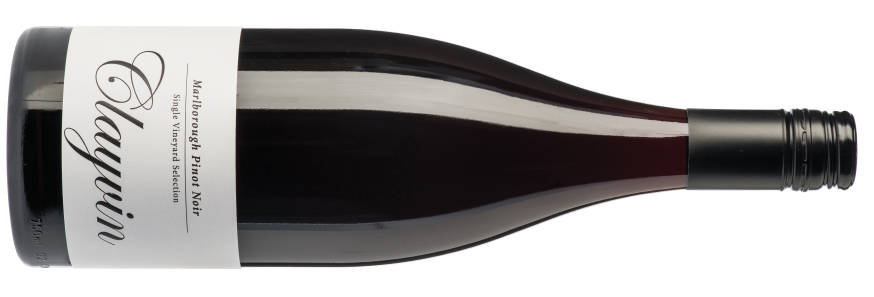
2016 Giesen Clayvin Pinot Noir, Marlborough, $59.99
Elegant, supple pinot noir with cherry/berry, violet, dried herb and spicy oak flavours. It has a seductively smooth texture and an impressively lengthy finish that reveals a wine of subtle power. Accessible now, but with cellaring potential.
Read more from Bob at therealreview.com


